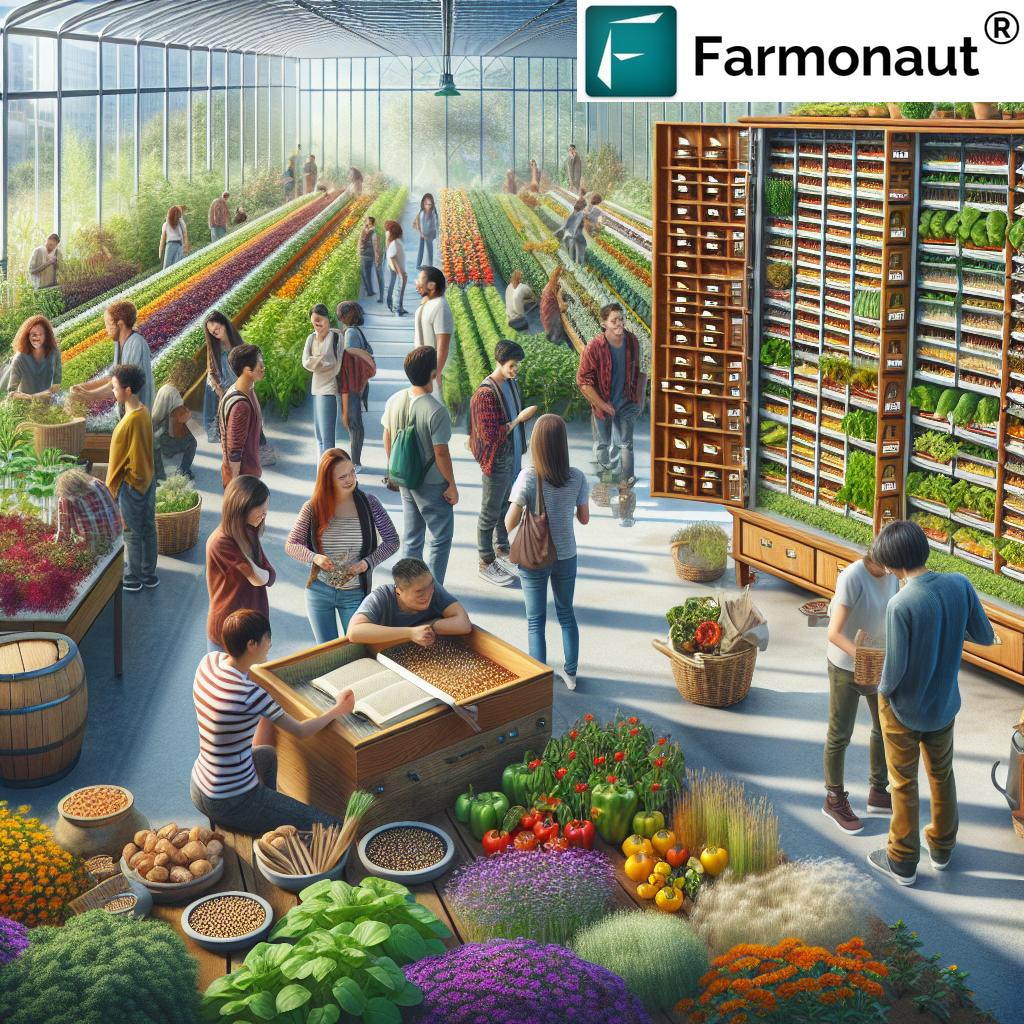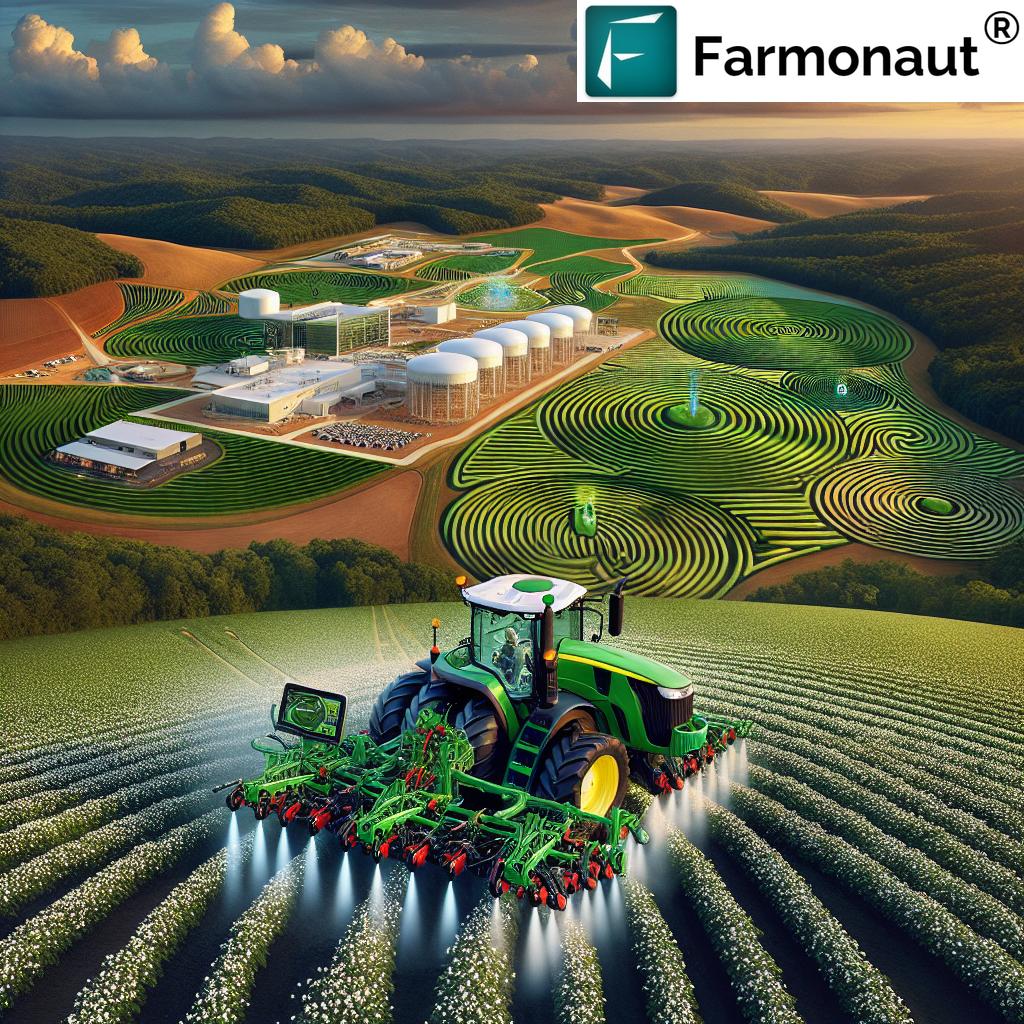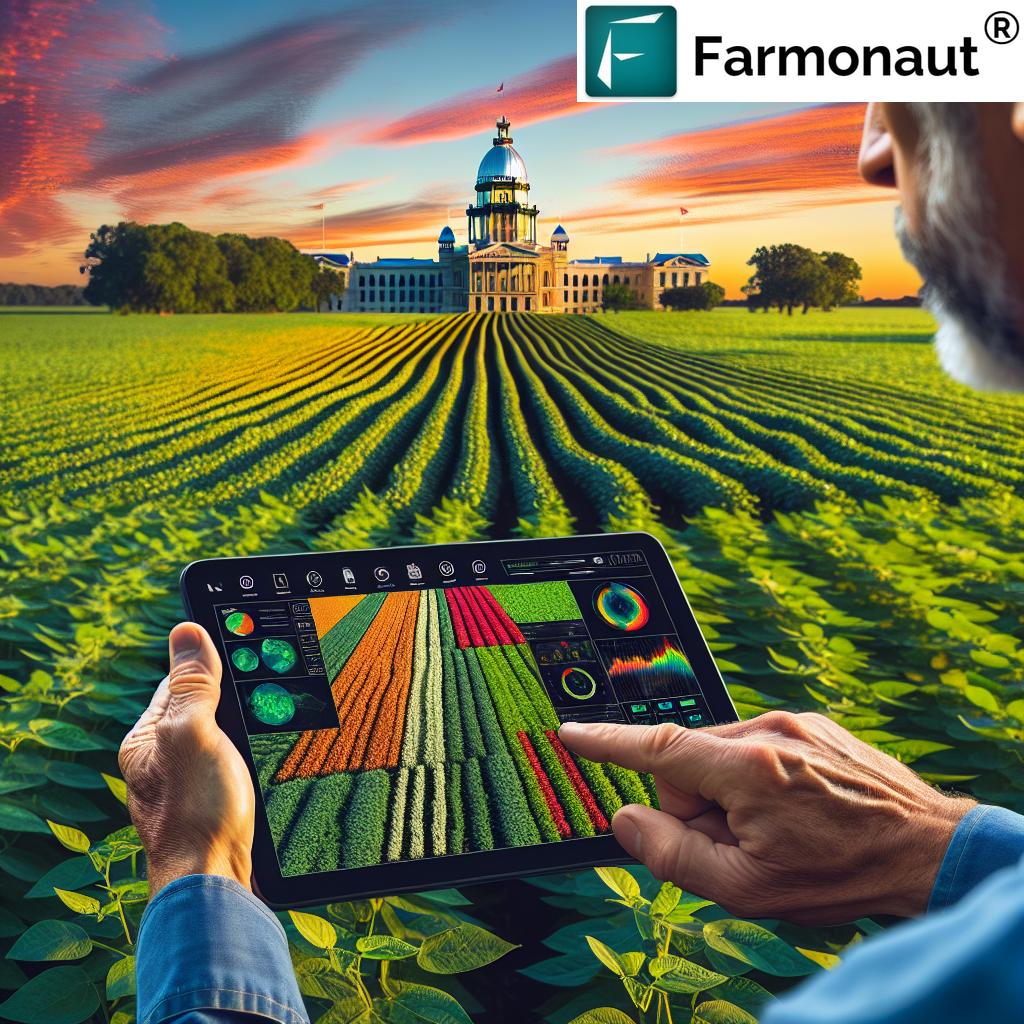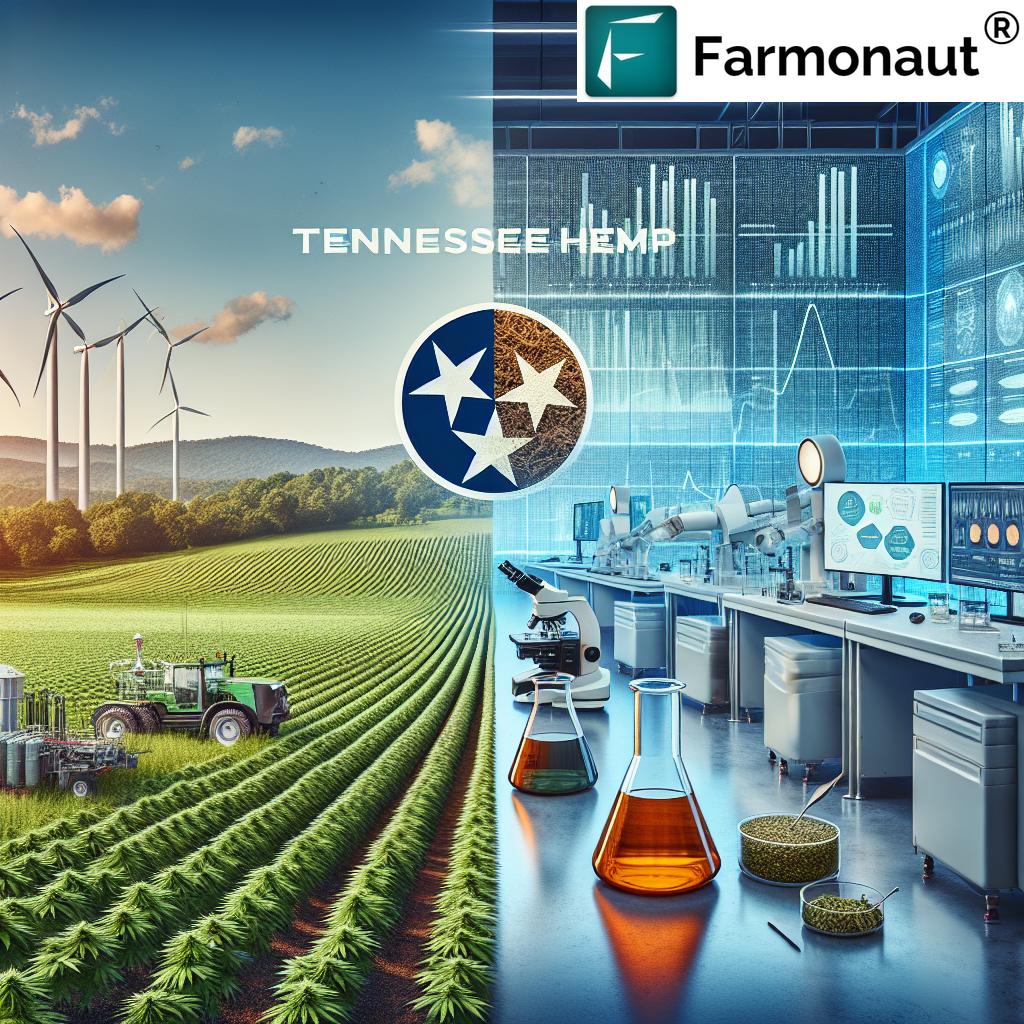AI in Agriculture Sector: Top 2025 US & India Jobs Trends
“By 2025, AI-driven agriculture jobs in the US and India are projected to grow by over 30%.”
AI in Agriculture Sector: A Global Perspective
Artificial Intelligence (AI) is revolutionizing the agriculture sector globally, making its transformative impact more pronounced than ever as we approach 2025. Traditionally, agriculture has relied on human labor, skill, and accumulated experience. However, with the integration of AI, machine learning, computer vision, and advanced analytics, we are seeing a dramatic shift in how farming is managed.
Precision agriculture stands at the forefront of this evolution. This innovative concept uses smart technologies, data-driven insights, and real-time monitoring to optimize crop yields, conserve resources, and increase operational efficiency. Farmers can now leverage AI-powered drones, sensors, and satellite imagery to monitor crop health, soil conditions, and water usage more accurately than ever before.
- AI-driven platforms help reduce wastage of water, fertilizers, and pesticides, promoting sustainable and profitable farming.
- Algorithms analyze weather patterns, predict best planting and harvesting times, and safeguard crops against climate variability, enhancing resilience.
- Robotics automate labor-intensive tasks like planting, weeding, and harvesting, overcoming labor shortages and improving speed and accuracy.
Key Technologies Driving AI in the Agriculture Sector
- Machine Learning & Computer Vision: Analyze multispectral data to assess health, growth, and pest threats in real-time.
- IoT Devices & Sensors: Collect granular data on soil moisture, nutrient levels, weather, and animal behavior.
- Satellite Imagery: Offer a large-scale perspective to monitor conditions, detect trends, and forecast yields.
- Robotics & Drones: Perform precise field operations, survey large farms, and cut down on manual labor.
- AI-Powered Management Platforms: Centralize data streams for better farm management and decision-making.
With global food demand rising and climate change introducing new uncertainties, AI in agriculture sector is essential for optimizing resource use, maintaining productivity, and enabling a sustainable future — not just for large corporates but also for smallholders and rural communities.
The US Agriculture Sector: AI Adoption & Impact
AI Revolutionizing the United States Agriculture Sector
The US agriculture sector ranks among the largest and most technologically advanced in the world. Here, AI adoption is accelerating at a remarkable pace and redefining roles, processes, and the capabilities of the modern workforce. American farms, whether vast commercial operations or family-run businesses, are increasingly utilizing AI-driven platforms that integrate IoT devices, cloud computing, and big data analytics to create truly smart farms.
- Automated irrigation, fertilization, and pest control: Sensors and AI models monitor conditions at the field and microclimate level, optimizing input usage and maximizing yields.
- Livestock management: AI enables continuous monitoring of animal health and behavior, predicts disease outbreaks, and refines feeding regimens for efficiency.
- Agtech startup ecosystem: The blend of government support and private sector investment is fostering dynamic innovation and contributing to the sector’s global competitiveness.
AI’s impact is not limited to the field. It extends to market intelligence, supply chain traceability, and sustainable practices. With features such as carbon footprint monitoring available to the US agriculture sector, American farms can both enhance productivity and demonstrate compliance with strict environmental regulations.
Smart Farms and Workforce Evolution in the US
- The influx of data-driven roles means an increasing demand for workers—data analysts, AI specialists, drone operators, fleet managers—who possess both agricultural and technological acumen.
- Farm management platforms integrate detailed insights on planting, irrigation, and harvesting patterns, assisting American farmers in maximizing profits while minimizing resource wastage.
The United States stands as a global benchmark for the potential impact of AI in agriculture sector, showcasing the profound role AI can play in boosting income, improving operational efficiency, and supporting sustainability across diverse agricultural jobs.
The Agriculture Sector in India: AI’s Transformative Role
Overcoming Unique Challenges in Indian Agriculture with AI
In contrast to the US, the agriculture sector in India is characterized by vast numbers of small and fragmented landholdings, high dependence on the monsoon, and limited access to advanced farming technologies for millions of rural farmers. However, with supportive government initiatives and a surge in mobile internet connectivity, AI is now empowering Indian farmers to leapfrog into the era of precision agriculture.
- AI-powered mobile applications: Deliver personalized advisories for crop selection, pest detection, yield forecasting, and market prices directly to smallholder farmers’ phones.
- Affordable smart equipment: Automated irrigation, disease mapping and input optimization become accessible to a broader range of farms and rural areas.
- Resource management tools: Large-scale farm management solutions enable Indian agribusinesses and cooperatives to improve yields, reduce wastage, and address sustainability more effectively.
“Smart tech adoption in Indian farms is expected to create 200,000+ new AI-related roles by 2025.”
AI is also transforming the approach to agricultural financing. Tools like crop loan and insurance verification now use satellite and AI analytics to validate claims and reduce fraud, improving access to funds for farmers and lowering risks for lenders.
Bridging the Digital Divide in Rural India
- AI-enabled satellite insights: Bring real-time monitoring of soil and crop health to even remote rural areas, reducing dependence on manual scouting or costly expert visits.
- Blockchain traceability: Supply chain traceability solutions assure product authenticity, building consumer trust in agricultural exports and domestic markets.
- Job market transformation: AI is nurturing a new ecosystem of digital farming jobs, data operators, drone pilots, and advisory agents in the Indian agri-value chain.
The Transformative Impact of AI: Jobs and Market Trends for 2025
The integration of AI in agriculture sector is not just automating repetitive or physically demanding tasks. It is carving out entirely new roles and career trajectories for 2025 and beyond in both the US agriculture sector and the agriculture sector in India.
How AI is Shaping Jobs in Agriculture Sector
- Precision Farming Specialists: Experts who leverage data analytics, remote sensing, and sensor-driven platforms to maximize yields and reduce resource wastage.
- Agricultural Data Analysts: Professionals analyzing crop, weather, and soil data to advise on planting, irrigation, and harvesting strategies.
- Drone Operators: Skilled individuals piloting drones for crop monitoring, spraying pesticides, and field mapping.
- IoT Agronomists: Specialists harnessing networks of sensors and IoT devices to maintain optimal soil and crop conditions.
- AI/ML Software Developers: Engineers building solutions for smart field management, plant health diagnostics, and automated agricultural machinery.
- Fleet and Resource Managers: Managers utilizing AI-powered fleet optimization tools for agricultural logistics, from field machinery to post-harvest supply chains.
Let’s explore these 2025 jobs trends in the AI-driven agricultural industry with a comparative look at both the United States and India.
Comparative Table: AI Agriculture Jobs in US & India (2025)
| Job Title | Primary AI Application | Estimated Job Growth (2025, %) | Estimated Avg Salary (US, USD) | Estimated Avg Salary (India, INR) |
|---|---|---|---|---|
| Precision Farming Specialist | Sensor/Data Analysis for Crop Yields | 34% | $88,000 | ₹11,50,000 |
| Agricultural Data Analyst | Big Data, Machine Learning Models | 39% | $81,000 | ₹9,00,000 |
| Drone Operator/Pilot | Crop Health Monitoring / Field Survey | 36% | $54,000 | ₹4,50,000 |
| IoT Agronomist | IoT Sensor Network Management | 37% | $75,000 | ₹8,20,000 |
| AI/ML Software Developer | Automated Crop Management, Robotics | 41% | $106,000 | ₹14,00,000 |
| Livestock Health Monitoring Expert | AI Animal Behavior & Disease Prediction | 32% | $79,000 | ₹7,25,000 |
| Fleet/Resource Manager | AI Fleet & Logistics Optimization | 30% | $77,000 | ₹8,50,000 |
| Agricultural Tech Solution Sales | Advisory, Smart Equipment Integration | 29% | $68,000 | ₹6,00,000 |
Note: All figures are estimates as projected for 2025 and are subject to change based on market dynamics and future innovation.
Future Roles and Skills: The Evolving Workforce in the AI-Driven Agriculture Sector
Key Skills and Competencies for Jobs in Agriculture Sector (2025 & Beyond)
- Technical Literacy: Proficiency in AI platforms, data management, sensor integration, and drone operation is becoming essential in both the US and India.
- Data Analysis: The ability to interpret big data on crops, weather, and soil conditions is highly sought after.
- Environmental and Social Insight: AI jobs increasingly require knowledge on carbon footprinting, sustainability, and community-driven approaches in rural areas.
- Agri-Management: Future managers will handle not just people and land, but also fleets of smart equipment, AI models, and digital supply chains.
- Continuous Learning: The evolving nature of AI in agriculture sector will reward workers who embrace life-long learning, participate in ongoing training, and keep pace with technological advancements.
It is expected that by 2025, AI will create more jobs in agriculture sector than it replaces, but these jobs demand agility, a blending of agronomic and technical expertise, and a willingness to navigate new technology.
Access the Latest AI, Satellite & Blockchain Technology via Farmonaut Platforms
For developers and agri-enterprises, detailed API datasheets and developer documentation for Farmonaut’s API are available for seamless integration of satellite and AI insights into your systems and solutions. Find out more at the Farmonaut API Portal.
Farmonaut: Empowering Smart Agriculture through AI & Satellite Technology
At Farmonaut, we are dedicated to making cutting-edge satellite, AI, blockchain, and data technologies accessible and affordable for users worldwide, including the US agriculture sector and the agriculture sector in India. Our platform delivers:
- Real-time satellite-based monitoring for crop, soil, and environmental health, improving operational efficiency with detailed and actionable insights.
- AI-powered advisories via Jeevn AI: Leveraging our proprietary AI system to provide dynamic weather forecasts, task scheduling (planting, irrigation, harvesting), and risk reduction strategies tailored for both small farmers and large agri-businesses.
- Blockchain-based product traceability: Bringing transparency and trust to food and commodity supply chains by confirming product origins and movements at every step.
- Fleet & resource management: Streamlining operations with resource monitoring and optimization tools designed for efficient logistics, machinery usage, and safe operations.
- Environmental impact tracking: Our carbon footprinting system delivers actionable impact analytics, supporting more sustainable agricultural practices across regions.
Our platform is accessible via web, Android, and iOS apps, along with robust APIs for seamless business integration. By choosing Farmonaut, users position themselves at the forefront of the AI revolution in agriculture sector, fueling both productivity and sustainability in local and global food systems.
Flexible, Affordable Subscriptions for Every Farm, Business, and Organization
We offer tailored, modular packages to suit individual farmers, agri-businesses, and government agencies. Subscriptions ensure you always have access to real-time data, the latest AI-driven recommendations, and reliable satellite imagery — regardless of your location or scale of operations.
Explore Forest, Crop Plantation & Advisory Solutions to see how AI, machine learning, and satellite technology are streamlining farm planning, boosting productivity, and enabling better decisions for the future of farming.
FAQs About AI in Agriculture, Jobs, and Trends
-
What is the main impact of AI in the agriculture sector?
AI is improving yields, reducing input wastage, and enhancing sustainability by enabling real-time, data-driven decision-making at every stage of the production cycle. It’s also transforming traditional roles and creating new, higher-tech, and higher-paying jobs. -
What are the top emerging AI-driven jobs in agriculture for 2025?
Roles such as Precision Farming Specialist, Agricultural Data Analyst, Drone Operator/Pilot, IoT Agronomist, and AI/ML Software Developer are in high demand, with strong projected growth in both the US and India for 2025. -
How does AI benefit farmers in rural areas, especially in India?
AI-powered mobile apps, satellite monitoring, and advisory tools bridge the knowledge and technology gap, empowering rural farmers with actionable insights on crop health, weather, pest risks, and sustainable practices. This reduces dependence on manual labor and expert visits, democratizing access to modern farming methods. -
How can jobs in agriculture sector remain relevant as AI automates tasks?
By upskilling in technical areas such as data analysis, remote sensing, AI tools, and robotics, workers can transition to roles that require human decision-making, problem-solving, and oversight of AI systems. Continuous learning is crucial. -
Does Farmonaut offer solutions for small farmers as well as large agribusinesses?
Yes, our subscription-based approach and scalable platform ensure that everyone — from individual smallholders to expansive enterprises — can access and benefit from satellite, AI, and blockchain-powered technologies for smarter, more sustainable farming. -
Are Farmonaut’s APIs open for business integration?
Absolutely. APIs are available for secure, seamless integration into existing business workflows and platforms, delivering satellite and AI data directly to users (Learn more here). -
Is job growth in agriculture sector at risk due to AI-driven automation?
While AI automates some manual tasks, the overall effect is expected to be positive by 2025, as new roles are created that require technological proficiency and interdisciplinary skills, leading to a more dynamic and engaged workforce. -
How can I start a career in AI-powered agriculture?
Focus on building skills in data analysis, machine learning, agricultural science, and IoT/sensor management. Educational institutions and online courses now offer specialized programs that combine agriculture and technology, preparing the next generation for future roles in this evolving sector.
Conclusion: AI – Shaping Sustainable Futures in Agriculture
As the AI revolution gains speed in the agriculture sector globally, its impact in countries like the United States and India is unmistakable and transformative. AI is not just a tool for productivity and efficiency—it is laying the groundwork for a future where farming is more sustainable, profitable, and inclusive than ever before.
By 2025, both economies will witness dynamic growth in AI-driven agriculture jobs, new entrepreneurial opportunities, and a continued drive towards sustainable food systems. The synergy between AI, sensors, analytics, and human expertise is set to power the next generation of leaders, farmers, and industry professionals. For those ready to embrace innovation and continuous learning, the future in the AI-powered agriculture sector is brighter, smarter, and more rewarding than ever.














